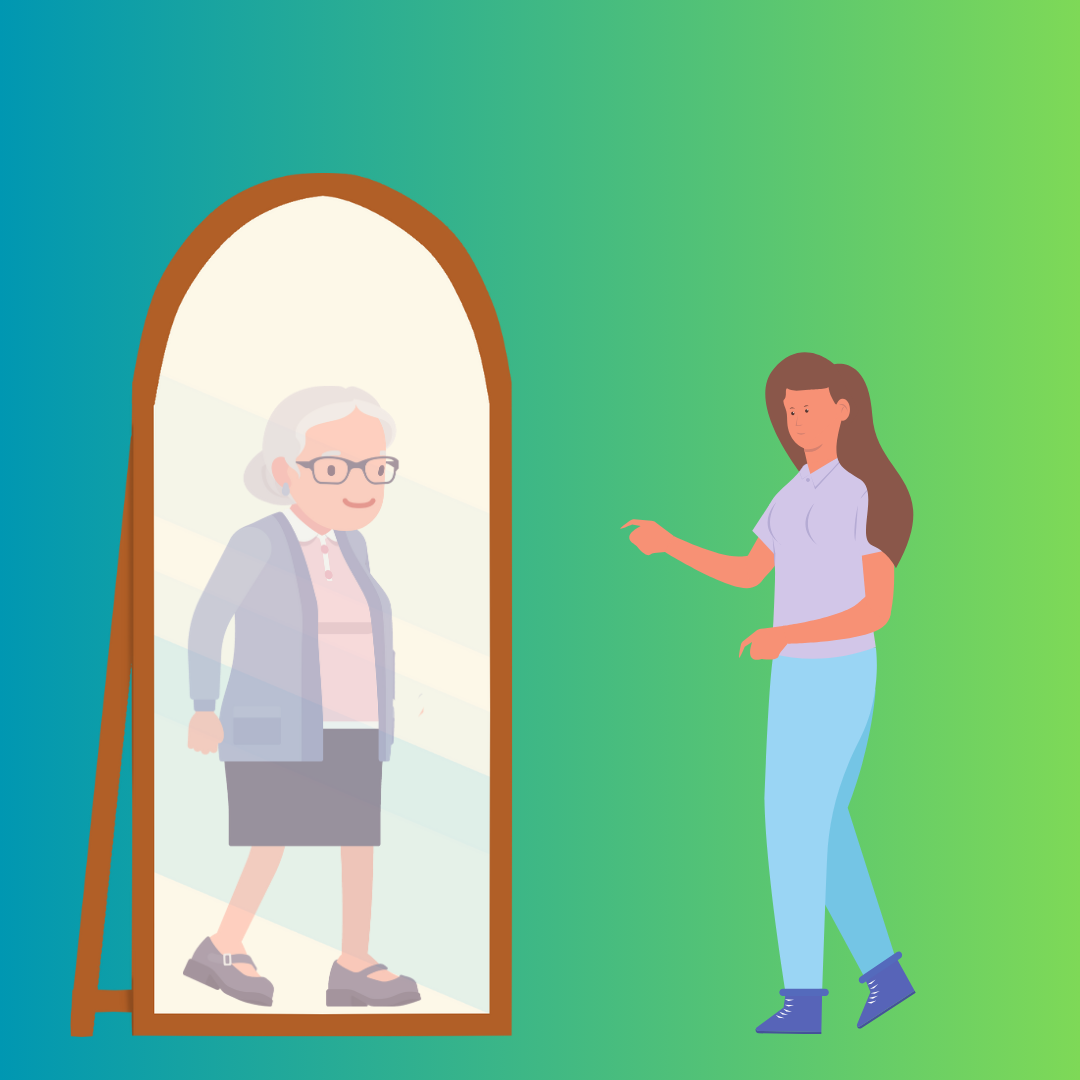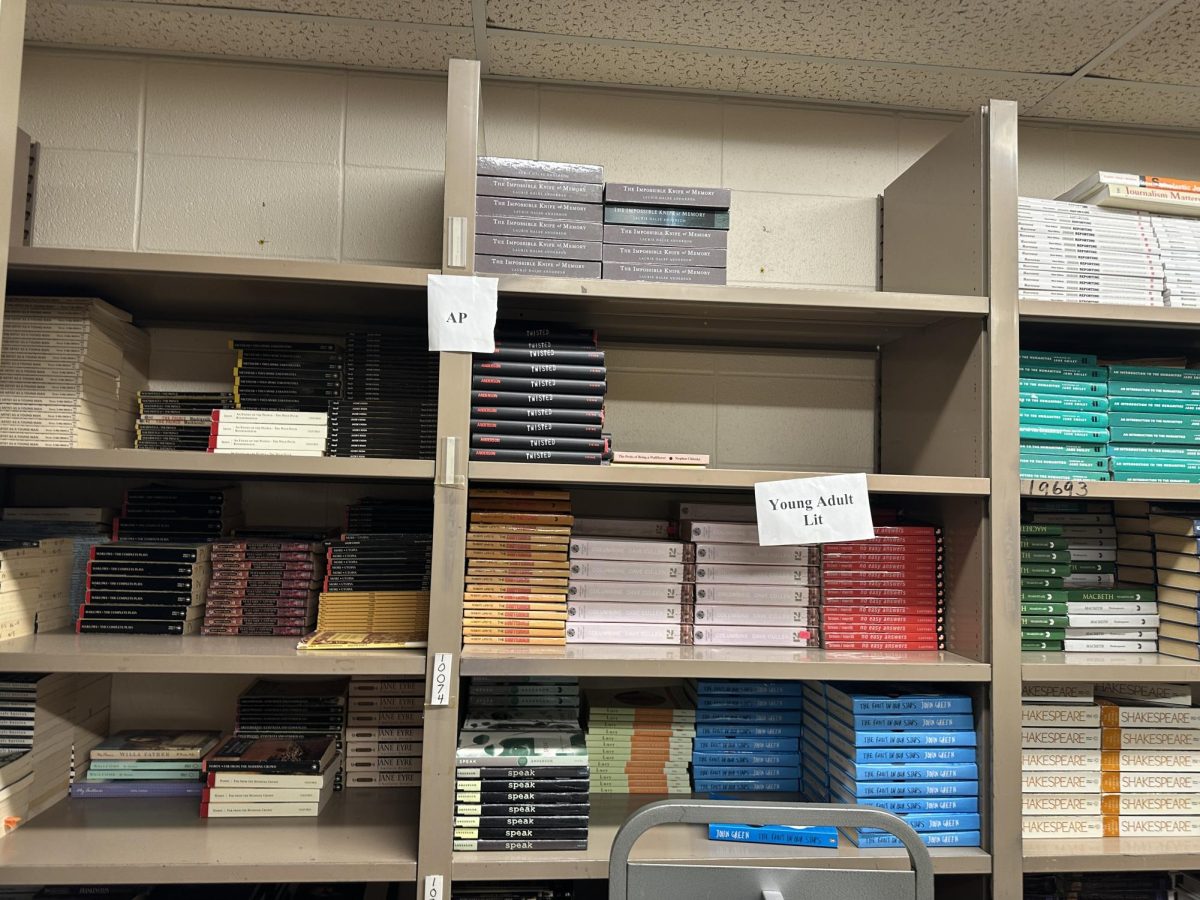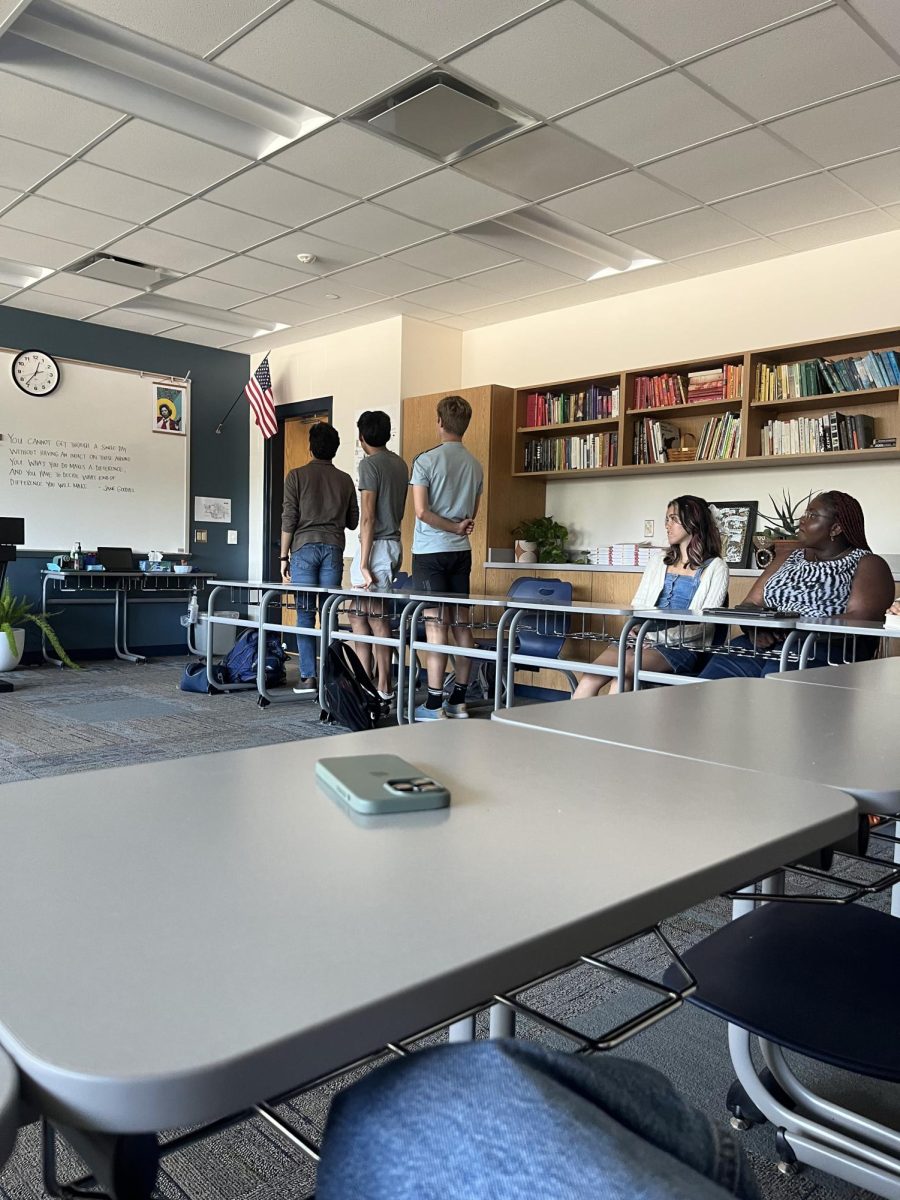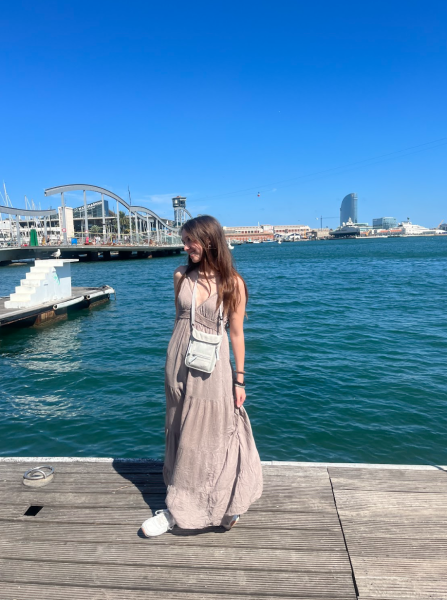Beauty standards throughout the years have consistently fluctuated. With increased usage of social media in the recent decade, these standards have been further pushed onto women, intensifying the pressure women face to remain youthful.
In the media, female members of the entertainment industry encounter massive criticism when their face changes as they age. The obsession with youthful beauty then sends consumers of the media into a frenzy to keep up with the ever changing standards.
Model Adrianna Lima faced harsh criticism for her face after she made a public appearance at the premiere of the movie, “A Ballad of Songbirds and Snakes.” Users online claimed her face had “changed” and that she had undergone a facelift, but Lima responded with the truth, “The face of a tired mom of one teenage girl, two pre-teens, one active boy, a 1-year-old learning to walk, and three dogs… thanks for your concern.”
While Lima’s career is based on her physical appearance, she was brutally criticized for going through a normal phenomenon: aging.
Despite the permanent legacy women have left in the entertainment industry, they are still reduced to their physical appearance. “The content I see on these women has been on their looks rather than their achievements. It’s incredibly frustrating because they have left a phenomenal impact on the industry which is overshadowed by the obsession over their beauty,” expressed senior Tanvi Devulapally.
The fixation on a woman’s appearance devalues their accomplishments and ties their value to their beauty and youth.
Entertainers who have faced criticism for their looks have turned to surgery to comply with beauty standards. Procedures like botox became commonplace for celebrities to escape signs of aging by inhibiting wrinkles and smile lines. These anti-aging treatments are then paraded over the internet to highlight the frenzy for a youthful appearance.
While celebrities are dragged for aging, non-celebrities struggle to keep up with the ever-changing, anti-aging beauty standards pushed on them through the internet.
In extreme cases, women began to undergo cosmetic procedures like celebrities to avoid aging. Botox injections have increased by 28% since 2010 between ages 20 to 29-years-old. All of these measures have been done simply to avoid having smile lines or wrinkles on the face.
Through the accessibility of social media, the treated faces of celebrities pushed the common population to believe that their faces were ugly. Women all over the world began to believe that their faces weren’t beautiful because they aged more in comparison to celebrities. Unfortunately, this phenomenon causes women to forget that celebrities have access to high-end care that the average person cannot afford.
To further combat aging, women online have taken to odd trends to remain youthful. Women are expected to use anti-aging drinking straws, which allows the user to sip all day without pursing their lips to avoid lip wrinkles.
The criticism toward aging is completely unwarranted, especially because it creates a false narrative that aging is bad for all women. “It’s unsettling how often women are compared to their younger selves because the only thing that has changed is that they’re older, which is a natural occurrence,” added Devulapally.
Anti-aging strategies haven’t only been an issue for older women. The frenzy to avoid aging has seeped into younger audiences as well. Younger consumers have immersed themselves in extreme skincare, lathering on various creams, face washes and serums to prevent wrinkles. These kids have been branded as “Sephora kids.”
Young girls now believe that their youthful faces aren’t youthful enough. “My sister asked for many skin care products after seeing them excessively advertised online so she thought that having that many products at her age was normal,” expressed senior Anshu Mallapally. “I think this is really sad because it pushes the impossible narrative that women have to be perfect when using these products can actually damage their skin,” added Mallapally.
Women are forced into believing that they’re ugly for being unable to prevent the gift of aging.
In 1979, the phrase “double standard of aging” was coined by Susan Sontag in an essay stating that women experience more severe consequences in terms of aging and physical appearance than men.
Degrading cultural stereotypes are reinforced as individuals age, causing older adults to internalize negative views associated with their attractiveness and bodily function. However, these standards are proven to impact women more severely than men. Women are societally viewed as less feminine as they age, while people’s evaluations of men’s masculinity remain the same throughout their entire lifespan.
The public’s view of men as they age is far more positive than that of women. Men are viewed as more attractive, while women have to fight daily battles trying to erase their age to fit into societal standards.
Popular child model and actress Brooke Shields rose to fame at age 11 when she starred in multiple controversial films and was featured on the cover of a 1986 Playboy magazine. She was widely sexualized by the public, while only being a teenager.
In recent years, she has been ridiculed on different social media websites because some people believe she has aged poorly. In an interview, Shields stated, “My entire career has been built on beauty; as I’ve gotten older I want my message to be appreciative, but beauty as a wellness. We’re not just wrinkle cream.”
There is a widely accepted notion that natural aging is bad, and women should attempt to conceal it by participating in anti-aging regimens and diets. “A majority of anti-aging products and cosmetic procedures are marketed towards women, and it’s justified by saying it helps someone to “age gracefully,” mentioned senior Alex Nash.
Tess Christian, a 50-year-old British woman, avoided smiling for over 40 years to prevent getting wrinkles. “I haven’t laughed or smiled since I was a teenager. My dedication has paid off; I don’t have a single line on my face,” Christian said.
There is a well-known social phenomenon called invisible woman syndrome, which is an overwhelming feeling of being irrelevant for many women over the age of 50. They feel like they are viewed as ugly, and they think they disappeared from the male gaze.
In a society that blatantly values a youthful appearance over most anything else, the standard response to women dealing with this struggle is to simply combat aging. “Aging is beautiful, and it should be embraced, but if a woman feels like she needs to get plastic surgery to feel comfortable with herself then it is important that she does that,” senior Kiley Leonard stated.
Society’s unattainable beauty standards for women have always been focused on anti-aging and staying youthful. The line between the perception of beauty and true aging has been blurred, “It shouldn’t be anyone else’s business besides hers what she wants to do with her body and her appearance,” said Leonard.
This trend towards abandoning unavoidable aging has negatively impacted the perception of what beauty is supposed to look like, creating a false image and narrative of what aging is supposed to be.


















Arpita Devshetwar • Nov 6, 2024 at 11:18 am
I believe that beauty standards for women is a really critical issue in today’s world. In the world with social media, insecurities have risen as on reels many creators are sharing ways to resolve these insecurities. Like acne creams for teenagers even though acne is a natural part of people’s lives. These reels promote insecurities in teenagers and at a young age many children have emerged to have mental health problems. Women in today’s world are expected to be perfect in all ways and this is really harmful for their mental and physical health. These are the reasons why I am happy that you talked about this issue.
;Lizzie cole • Oct 23, 2024 at 11:09 am
I think that the topic of beauty standards is something that isnt talked about enough. which makes this a good topic for readers.